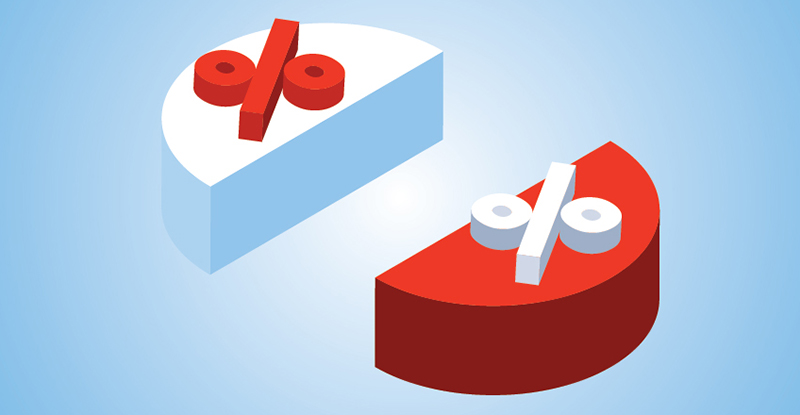
A healthy balance sheet indicates to your shareholders, investors and lenders, and potential partners that your business is in strong financial health and provides confidence in how your business operates. The four components that highlight your business’ health are: 1) adequate solvency and liquidity; 2) appropriate borrowing; 3) adequate capital; and 4) growth potential.
- Adequate Solvency & Liquidity
For a business, it is important to have adequate solvency and liquidity to ensure that you can pay off your liabilities. Solvency is your business’ ability to maintain operations in the long-term, while liquidity is your business’ ability to use current assets to pay off current debt. You can determine this by using the quick ratio:
QUICK RATIO = (CURRENT ASSETS – INVENTORY) / CURRENT LIABILITIES
The quick ratio provides prospective lenders information on your business’ liquidity. A higher number would imply less liquidity risk. In general, a quick ratio of less than 1.0 is considered a liquidity problem and most lenders would prefer to see at least a 1.5 ratio.
- Appropriate Borrowing
By calculating your business’ interest coverage, it helps you and your potential lenders understand whether you are earning enough profit to make interest payments. Your interest coverage ratio is calculated by:
INTEREST COVERAGE RATIO = OPERATING PROFIT / INTEREST PAYMENTS
In general, this ratio is a measure of how easily your business can make loan interest payments from your operating income. Lenders typically prefer an interest coverage ratio of 2.0 or higher as it implies that your business can comfortably make your loan interest payments.
Another ratio used to determine whether you have appropriate borrowing is the fixed charge coverage ratio. The ratio determines whether your profits can cover on machinery and equipment used for your business. It is calculated by:
FIXED CHARGE COVERAGE RATIO = (OPERATING PROFIT + ASSET LEASE PAYMENTS) / (INTEREST + PRINCIPAL + ASSET LEASE PAYMENTS)
Similar to the interest coverage ratio, a higher ratio is generally preferred by lenders.
- Adequate Capital
Having a healthy balance sheet also involves having adequate capital for your business. To find out whether your business has adequate capital, you can use the debt-to-equity ratio to measure how leveraged your business is. Here’s how you can determine the ratio:
DEBT TO EQUITY RATIO = TOTAL LIABILITIES / OWNER’S EQUITY
Your business’ liabilities include what you owe to others such as your bank, vendors, or employees. Your business’ equity is what is left after your total liabilities are deducted from your total assets. The debt-to-equity ratio indicates to prospective lenders whether your business has too much debt. Capital intensive businesses, such as those in heavy manufacturing, will typically have higher ratios because long-term investment in land, plant, and equipment is often required. However, in general, lenders prefer a debt-to-equity ratio of 2.0 or lower as it indicates the business’ ability to pay off its debt.
Another ratio that is taken into consideration when determining whether you have adequate capital is working capital, which is a measure of the liquid assets that is available for your business’ operations. It is calculated by:
WORKING CAPITAL = CURRENT ASSETS – CURRENT LIABILITIES
Similar to debt-to-equity, the higher the working capital, the better your business is able to meet operational and debt obligations.
- Growth Potential
Lenders and investors also look at your business’ growth potential. It is important to analyze and identify trends – what’s increasing, staying the same, or decreasing, to help determine possible corrective action or strategy changes. This can be calculated by looking at growth rates, which essentially is the percentage change in values period to period. Higher growth potential – particularly in operating profit – provides lenders and investors confidence that your business is on the right track and may be able to take on additional investment/debt sustainably.
These are the four main ingredients to having a healthy balance sheet. It is important to learn and understand your business’ financial ratio and what they mean for your business.
Author
As a graduate from the Bisset School of Business at Mount Royal University, and a Chartered Professional Accountant, Megan Stables has spent over 15 years of her career providing financial leadership in the energy industry.
Originally published by Small Business BC.



